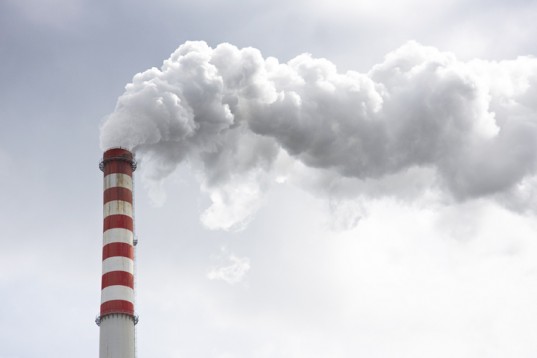Curb carbon emission to slow global warming: Study
 New York, June 2 : Forget about positioning giant mirrors in space to reduce the amount of sunlight being trapped in the earth's atmosphere or seeding clouds to reduce the amount of light entering earth's atmosphere.
New York, June 2 : Forget about positioning giant mirrors in space to reduce the amount of sunlight being trapped in the earth's atmosphere or seeding clouds to reduce the amount of light entering earth's atmosphere.
Those climate engineering approaches are not likely to be effective or practical in slowing global warming as compared to reducing emissions through conservation, increased energy efficiency and low-carbon fuels
"We found that climate engineering does not offer a perfect option," said Daniela Cusack, an assistant professor of geography at University of California, Los Angeles.
"The perfect option is reducing emissions. We have to cut down the amount of emissions we are putting into the atmosphere if, in the future, we want to have anything like the earth we have now," Cusack added.
For their analysis, the researchers focused the investigation on the five strategies that appear to hold the most promise: reducing emissions, sequestering carbon through biological means on land and in the ocean, storing carbon dioxide in a liquefied form in underground geological formations and wells, increasing the earth's cloud cover and solar reflection.
Of those approaches, none came close to reducing emissions as much as conservation, increased energy efficiency and low-carbon fuels would.
Of the five options the group evaluated, sequestering carbon through biological means - or converting atmospheric carbon into solid sources of carbon like plants - holds the most promise.
One source, curbing the destruction of forests and promoting growth of new forests, could tie up as much as 1.3 gigatons of carbon in plant material annually, the team calculated.
Deforestation now is responsible for adding 1 gigaton of carbon each year to the atmosphere.
The findings appeared in the journal Frontiers in Ecology and the Environment.(IANS)